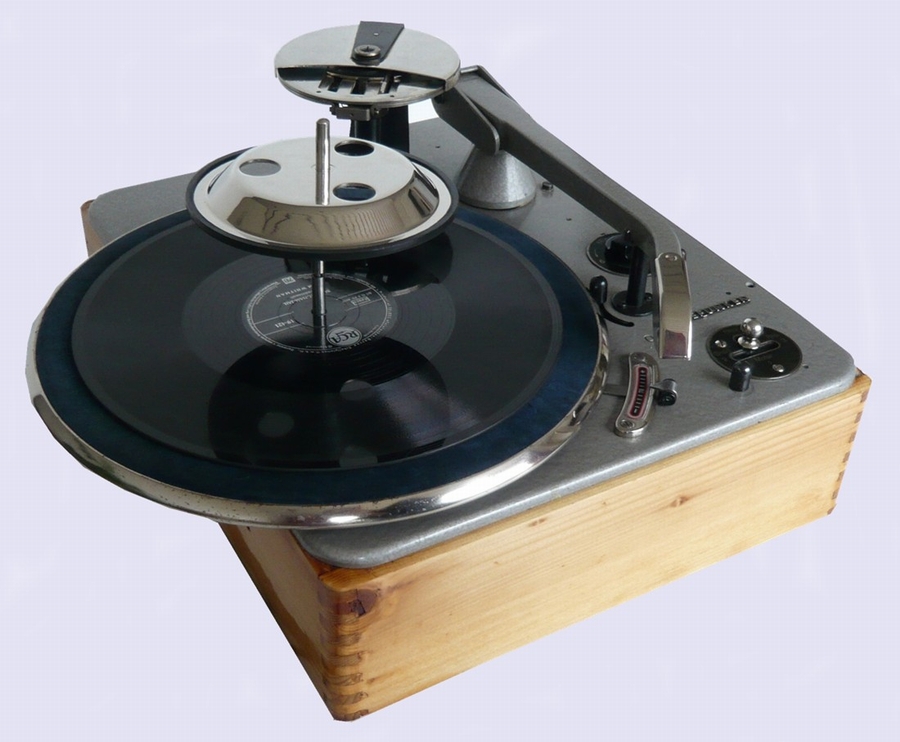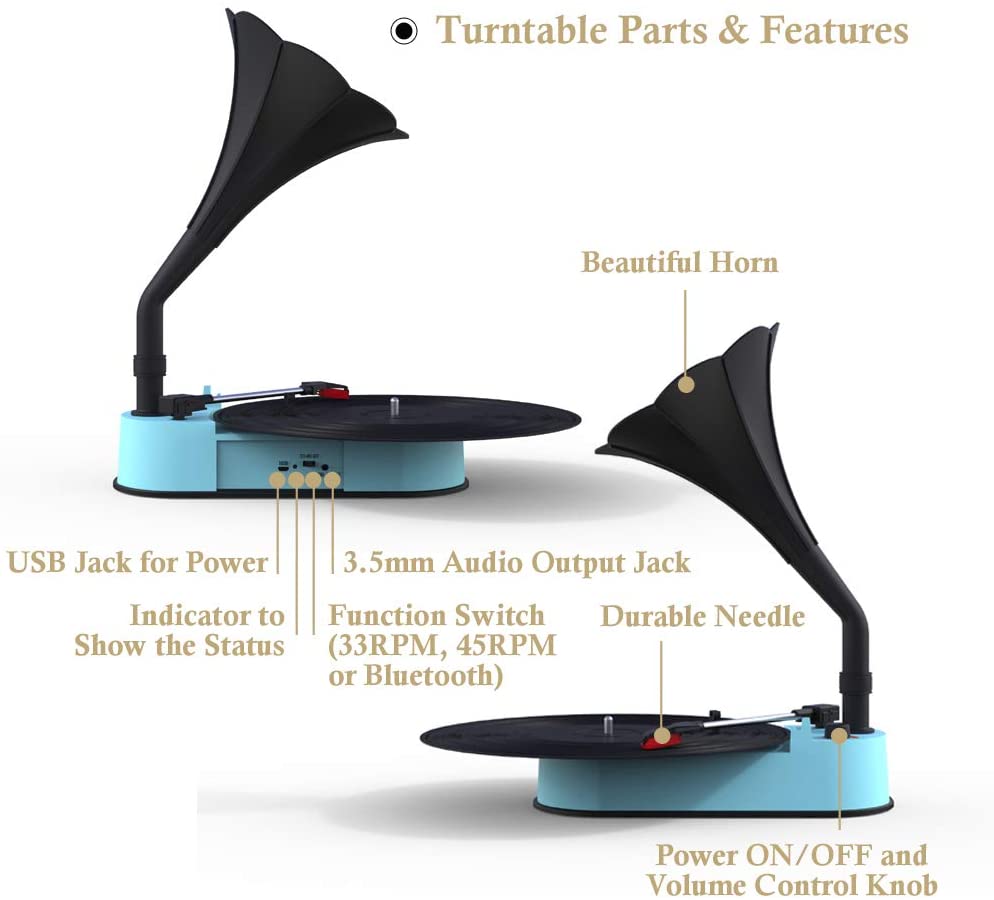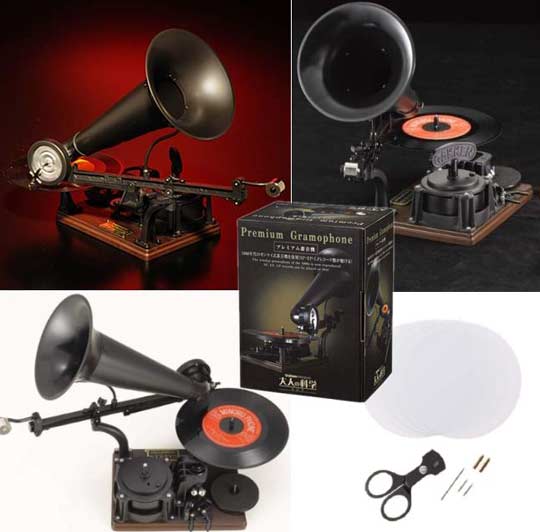

It actually works fine but doesn’t look very pretty and obviously isn’t original so I’ll be keeping an eye on eBay for a suitable replacement tone arm - watch this space! Update 15/10/13: Damaged tone arm replaced. There’s only one fault the tone arm has broken at the elbow joint (which seems quite common on these early models) and someone has fitted it with a threaded rod to hold it together. I followed my usual routine of cleaning, lubricating, wood reviving and metal polishing to get the gramophone looking smart and playing well. Regal Sound Box” so all indications are that this is an early British built machine. The sound box is marked Columbia and in smaller text underneath says “Made in England - Columbia Graphophone Co.
#Gramophone 33 rpm manual
It uses a manual stop/start and has a speed indicator but most interesting and, I believe, unique to Columbia are the adjustable louvers on the front of the horn which control the volume in the same way as the swell shutters on a pipe organ. It has a very large triple spring motor which takes around 75 cranks to fully wind and will play 4-5 sides of a record, 3 ‘spare’ and 1 ‘used’ needle pots, 12” turntable and also has a flat motor board the same as the early Grafonolas. To look at it’s identical to the pictures I’ve seen of the Columbia ‘Favourite’ in respect of the case style, fittings, tone arm etc. This is basically a large, table-grand, internal horn machine but it’s a bit of an enigma as I can’t find any details relating to a model by this name but there is a plate inside the lid which reads ‘Columbia Savoy Grafonola’. Consequently this example is in excellent mechanical and cosmetic condition. It has recently had a complete strip-down and overhaul and I suspect that the green case has been re-coloured in the past.


It is finished in green Rexine® with a leather handle and has nickel plated fittings. It has a pivoted front corner needle bin, automatic brake and is fitted with the later Nº.59 single spring motor and a brass-backed Nº.4 sound box. The winding handle was moved from the front to the side in late 1926 or early 1927 but otherwise the horn, turntable, tone arm and sound box remain the same. As a result coloured HMV Portables are sought after by collectors. This may only be 50p difference but, when you consider weekly wages of £2 - £3, it was only the wealthy that would pay extra for a coloured model. These are much rarer as the original purchase price was £7.50 compared with £7.00 for a black model. This is an example of one of the last variants of the 101 and also one of the deluxe colour models. It is finished in black Rexine® with a leather handle, has nickel plated fittings and has recently been cleaned and refurbished and is in excellent mechanical and cosmetic condition. There are also two metal needle bins mounted inside the right hand side of the lid which have sprung tops. It has a single spring front-wind motor, 10” turntable, ‘Exhibition’ sound box and a manual brake.

Sound reproduction is of the 'reflex' type where, rather than using an internal horn, it has a reflector similar to the early Decca machines where the sound leaves the bottom of the tone arm and bounces off a dished, aluminium reflector which projects it out. It retains the goose-neck tone arm and ‘Exhibition’ sound box from earlier designs although, in this case, the tone arm was cleverly re-designed to be raised into playing position on a spiral mount or dropped back down for storage. Consequently good examples like this are becoming increasingly rare.
#Gramophone 33 rpm portable
This was HMV’s first ‘modern’ suitcase portable (following on from the model PAAO) and was listed in their catalogue for barely a year from 1924 - 1925.


 0 kommentar(er)
0 kommentar(er)
